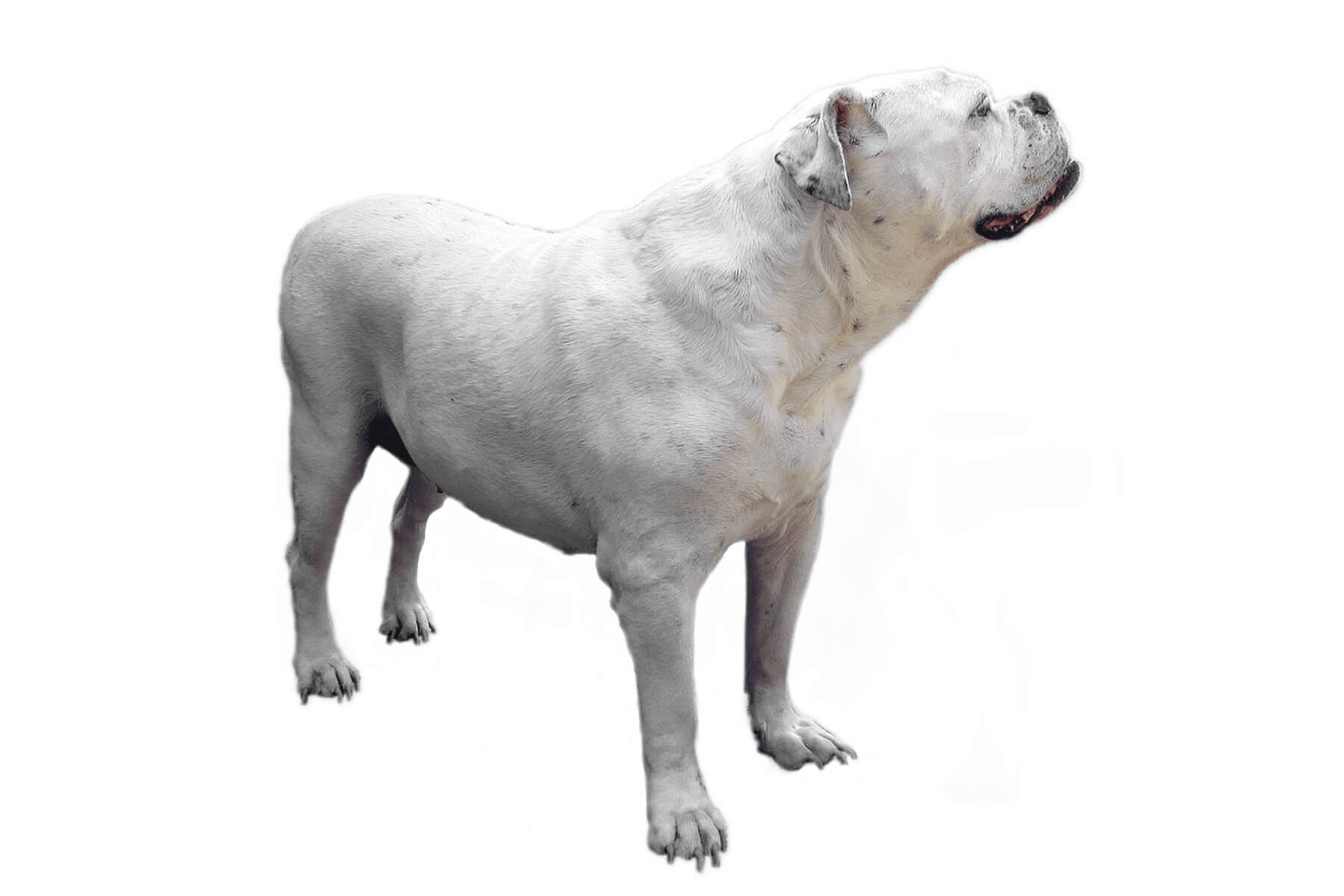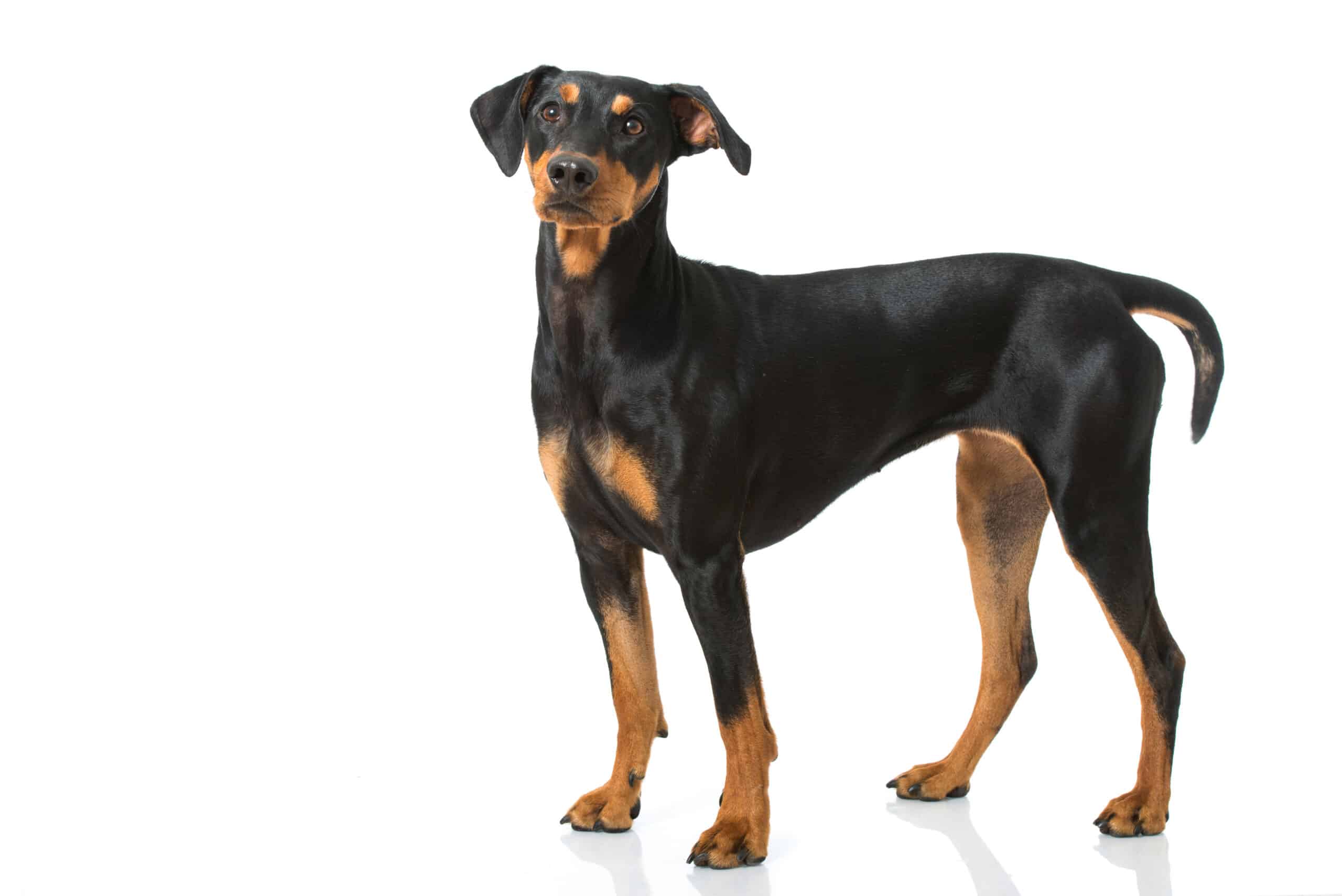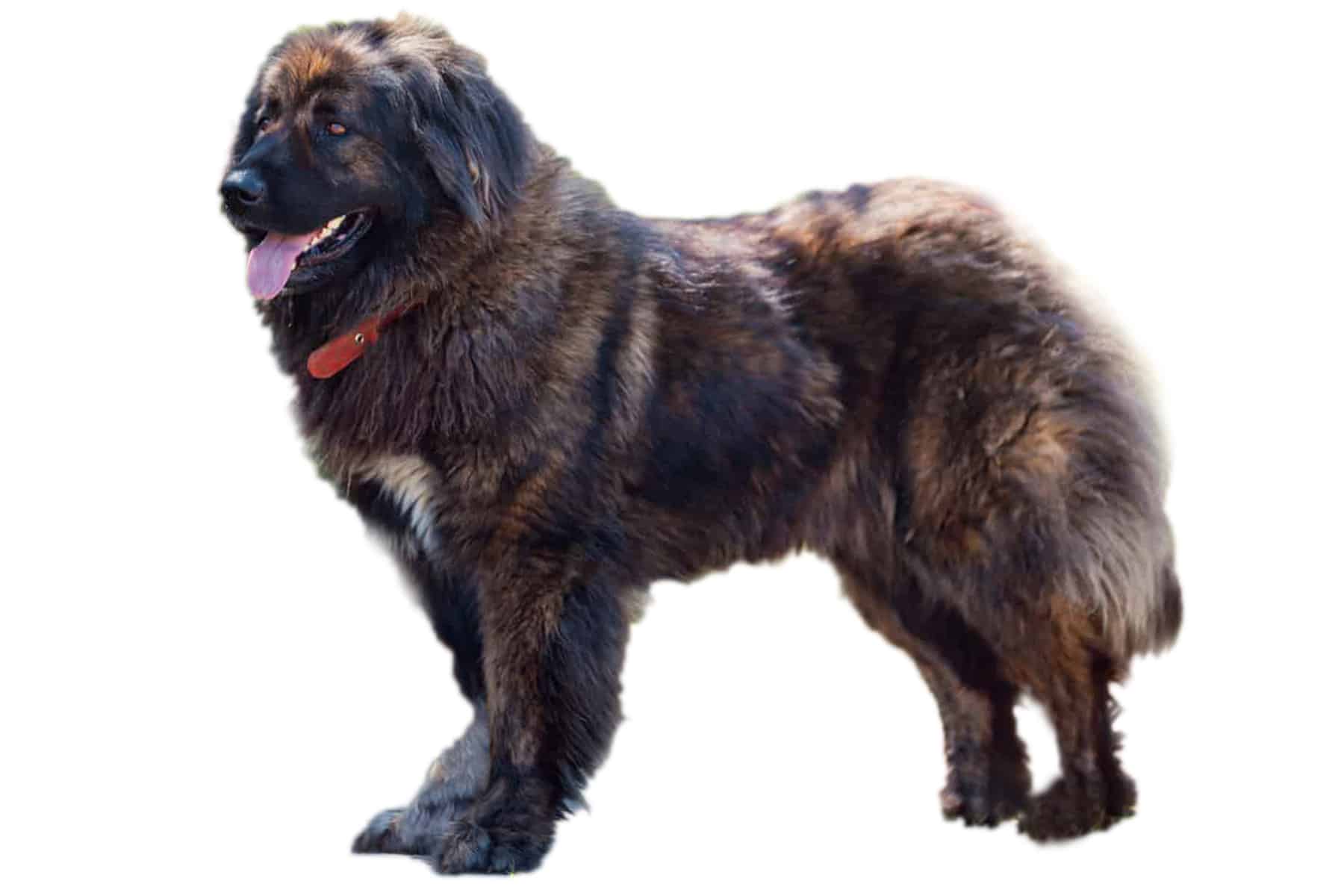Flat Coated Retriever
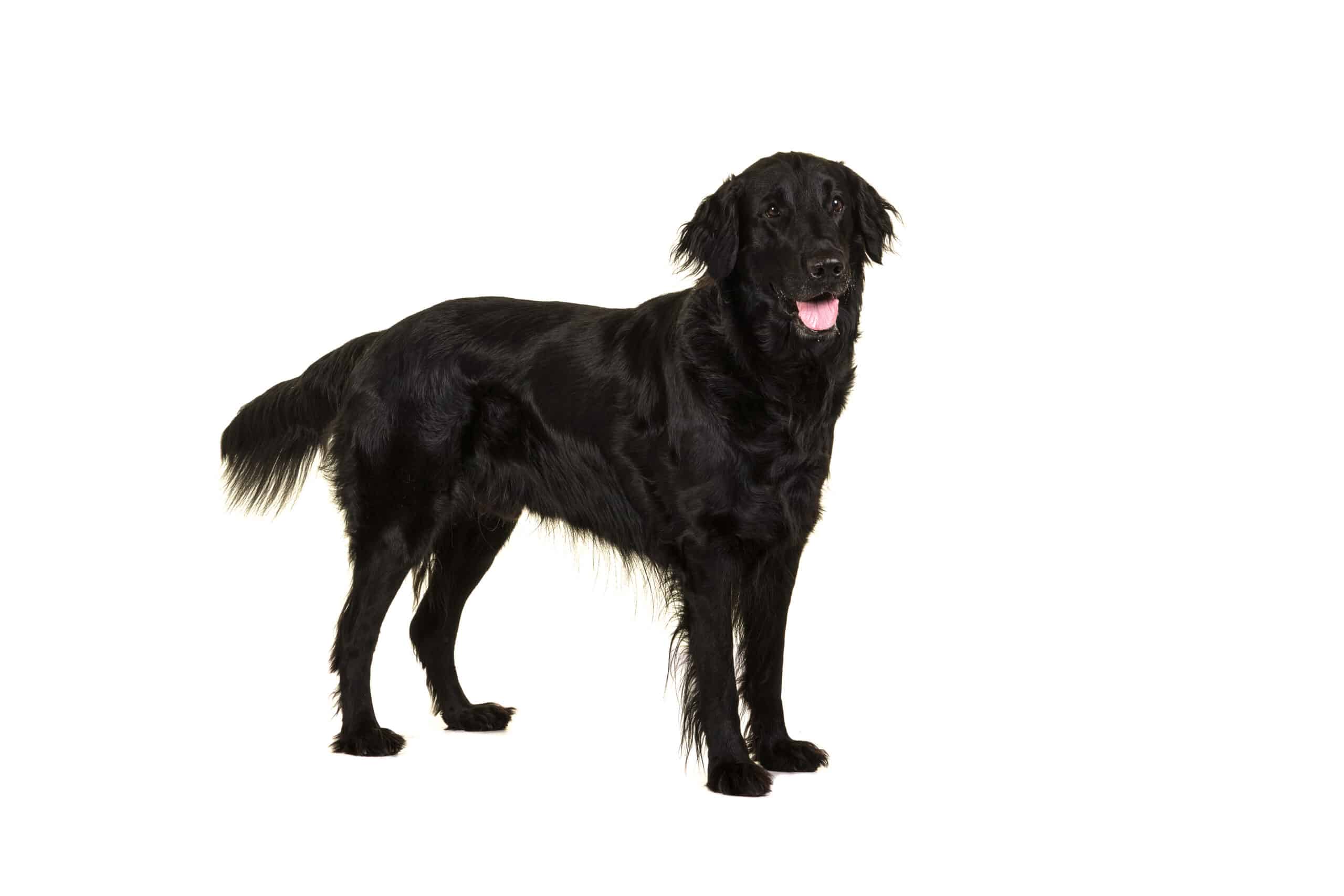
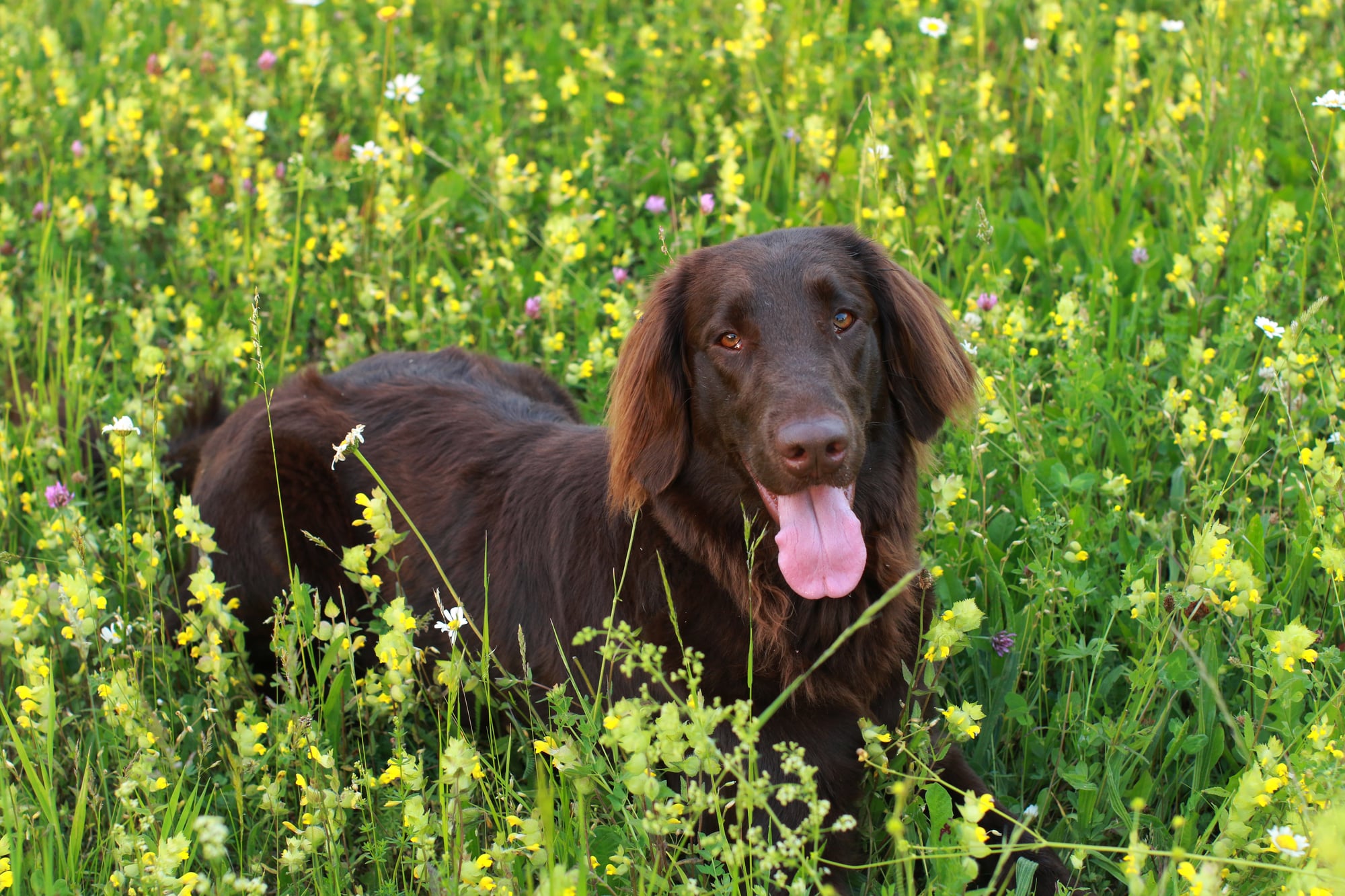
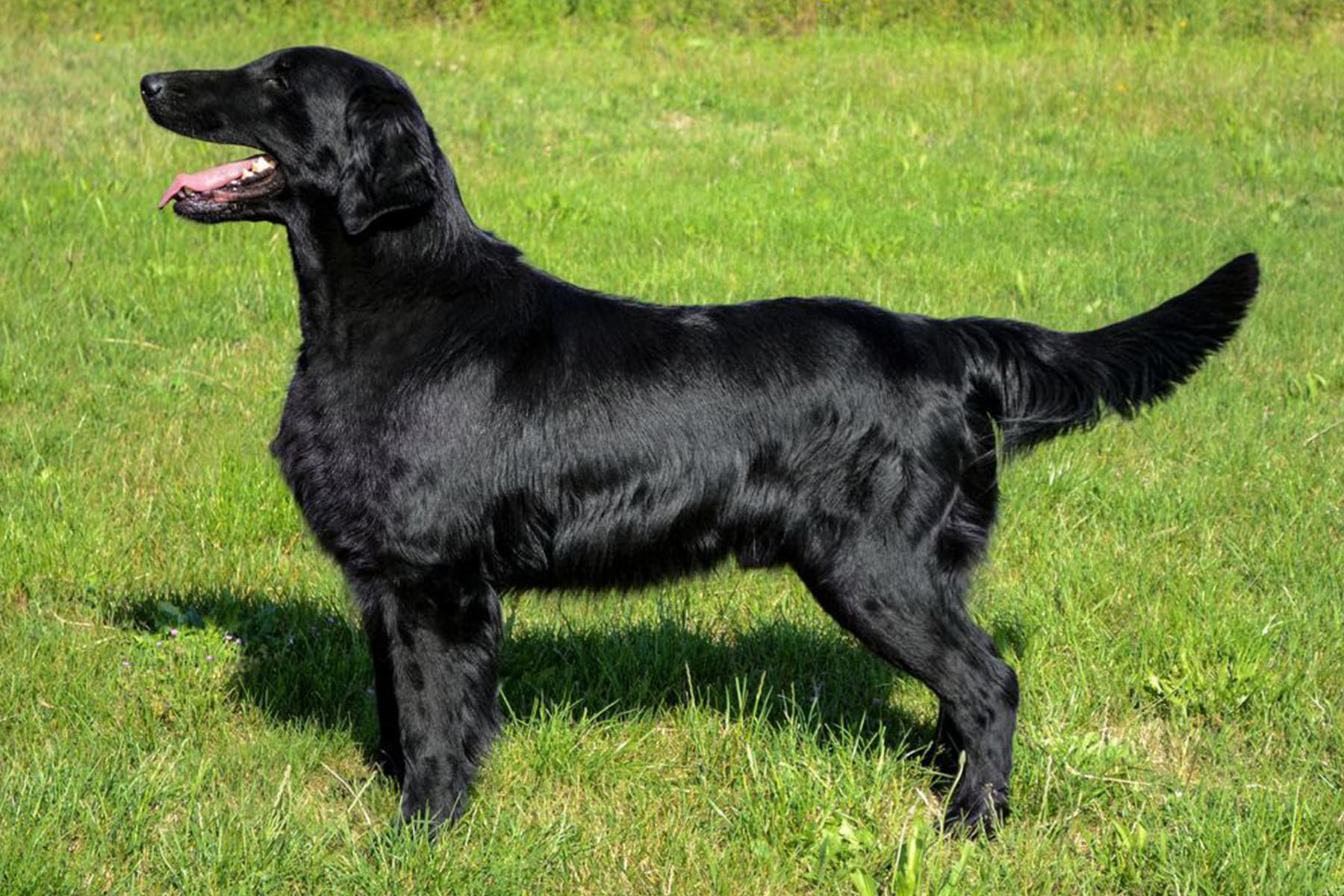
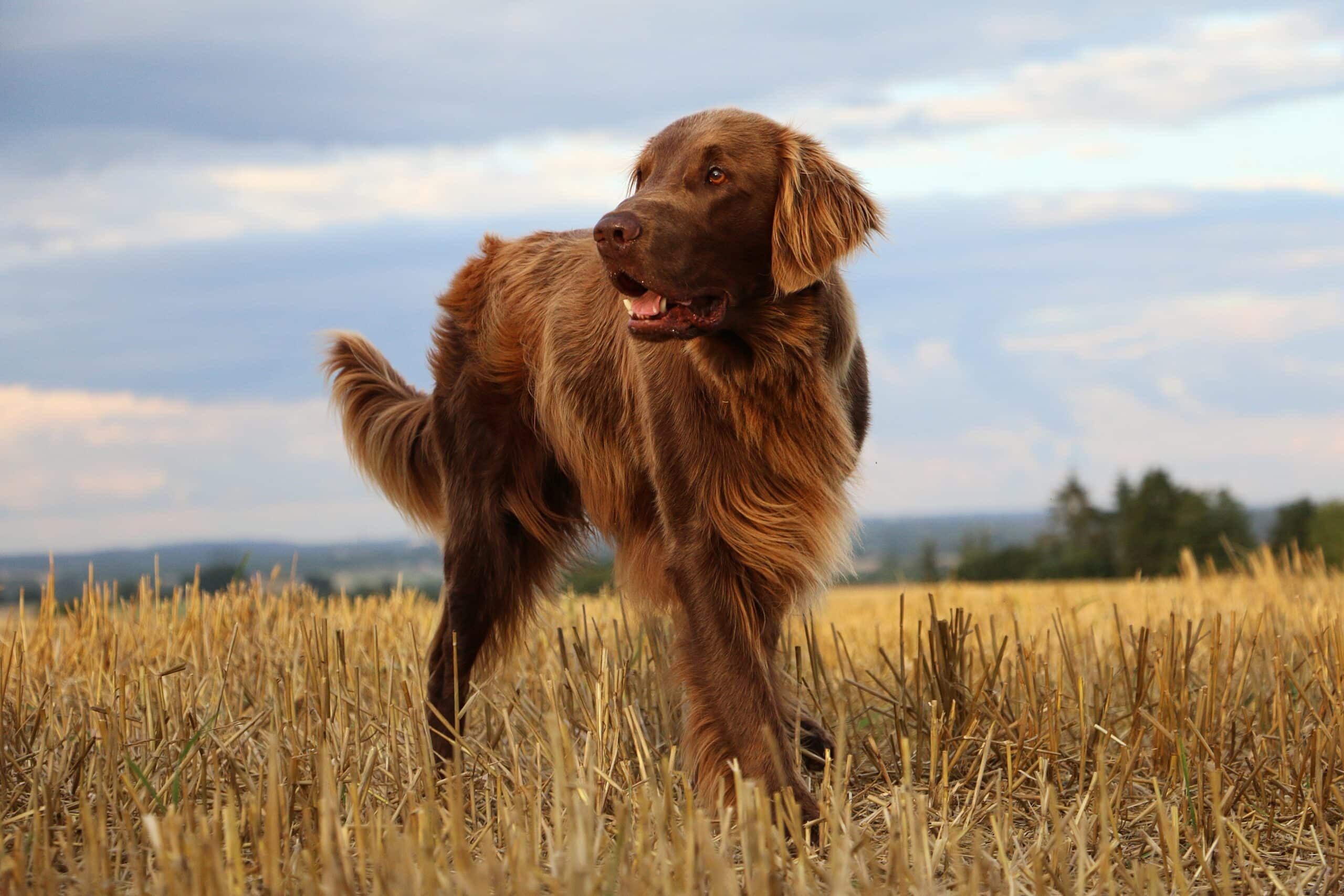
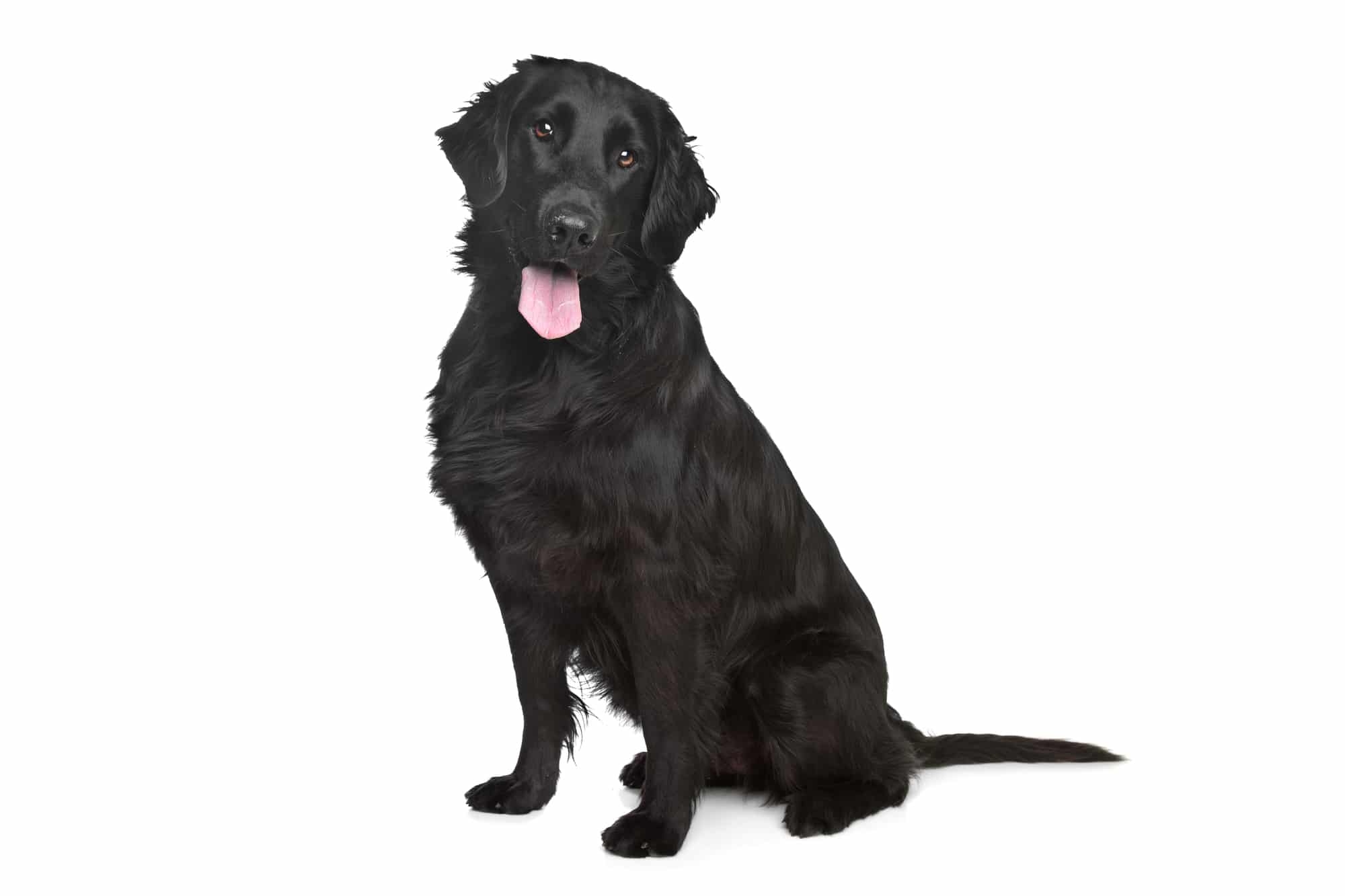
Temperament:
The Flat Coated Retriever is an active, sociable and friendly dog. It is suitable for beginners and families as it is docile and loves children. However, people need to satisfy his urge to move. If he is allowed to let off steam, he is a loyal and affectionate companion.
Characteristics
The Flat Coated Retriever is a breed recognized by the FCI. In Group 8, Section 1, it belongs to the retrieving dogs. Like the very well-known and popular Labrador Retriever and Golden Retriever breeds, the breed originates from Great Britain.
The relationship to the Flat Coated Retriever is clearly visible. It has the muscular and robust build of the Labrador. Its narrow, elongated head and medium-length, smooth coat also give it a certain elegance. The color of the retriever is black or brown. If puppies are born with lighter-colored coats, they are excluded from breeding.
Although the retriever is often referred to as a hunting dog, it never had to hunt and kill other animals itself. Their job was to track down an animal shot by the hunter. They then brought the prey to the hunter.
They owe their name to the English word "to retrieve", which means "to bring back". During breeding, care was taken to ensure that the dogs like to jump into the water and are good swimmers. For example, they can fetch ducks shot for the hunter from lakes and ponds.
While "Labi" and "Goldie" are among the most popular family dogs today, the Flat Coated Retriever has become a rare breed. However, the "smooth-haired" retriever is in no way inferior to the many positive characteristics of its relatives. In terms of its disposition, the Flat Coated Retriever is an extremely friendly and good-natured dog when dealing with people and other dogs. He is considered to be fond of children, playful and very affectionate towards his humans. As he always assumes a friend, even with strangers, he is not a good watchdog.
His natural need to please, also known as "will to please", and his intelligence make him a very docile dog. Honest and joyful praise from his human is very important to him. This makes training much easier and, with the right knowledge, can also be mastered by beginners. Training this sensitive dog must be based on patience, consistency and positive reinforcement. This strengthens the relationship between dog and human, leads to successful learning and is fun for both sides.
The Flat Coated Retriever feels most at home when he is with his humans, receives affection and is allowed to be out and about. Just lying at home and adoring his family members is not enough for him. He was originally bred as a working dog and needs plenty of exercise and varied activities. He likes to go hiking, jogging and cycling. He can use his many talents in dog sports or as a search dog.
If you are interested in this breed, you should therefore have a certain level of athleticism and enjoy working with the dog.
Coat care:
Shedding:
Energy level:
Trainability:
Children suitable:
The right food
It is very unlikely that a dog will pay attention to its line. On the contrary, he gratefully accepts every treat and always eats his bowl empty. So it's up to you to resist the loyal dog's gaze when he begs for food. Otherwise there is a risk of obesity and a number of secondary diseases.
If the retriever is allowed to exercise, it also needs more energy. The more active and demanding he is, the more he can put in his bowl.
According to the breed standard, healthy males may weigh between 27 and 36 kg and bitches between 25 and 32 kg. Whether the dog is really not too fat or too thin can be easily felt on the chest. You should not be able to feel the ribs when you touch them lightly. However, you should be able to feel and even count them if you press lightly. If the dog is too fat, this is prevented by a layer of fat.
When choosing food, make sure that it contains high-quality ingredients, is balanced and meets your dog's requirements. Age, size or weight, activity and health status play an important role here. You should follow the manufacturer's recommendations for the amount of food.
Treats should only be fed in moderation and deducted from the basic diet to avoid obesity.
Puppies can be fed 4-6 times a day. The number of meals should be gradually reduced to 2 per day until the dog is fully grown. A rest period should be observed after meals.
Fresh drinking water should be available at all times.
Health & Care
The grooming requirements for the Flat Coated Retriever are low. As with any other dog, teeth, ears and claws must be checked regularly. There is no increased risk of malformations or diseases in these areas in this breed.
The coat only needs to be brushed once or twice a week to prevent knots and matting. No special brushes or combs are required for this, as the smooth hair is undemanding in its structure. The dog only needs a full bath if it has become very dirty. Otherwise, the rule for bathing is always: less is more.
The robust Flat Coated Retriever is largely spared breed-specific diseases, i.e. diseases that occur remarkably frequently in a breed. Only the eye defect goniodysplasia and the formation of tumors occur more frequently within the breed.
Hip dysplasia (HD) and elbow dysplasia (ED), on the other hand, are very rare and are not considered a breed-specific problem.
Suitable accessories
To groom a Flat Coated Retriever, you will usually need a brush and a comb. The accessories also depend on the activities you want to do with him. There are a variety of special harnesses and leads for this. Retailers also offer products for joggers and cyclists that may be more suitable than a normal lead.
You can make your Flat Coated Retriever very happy with toys that are suitable for retrieving. There are so-called dummies for this purpose. A water dummy, which the retriever can fetch from a lake or stream again and again, is particularly suitable.
Other accessories that are part of every dog's basic equipment: dog basket or dog mat as a place to retreat, water and food bowl, tick tweezers, claw clippers, mild dog shampoo, dog toothbrush and cream, transport box for transportation in the car and a first aid kit. Ask your vet what belongs in the first aid kit.
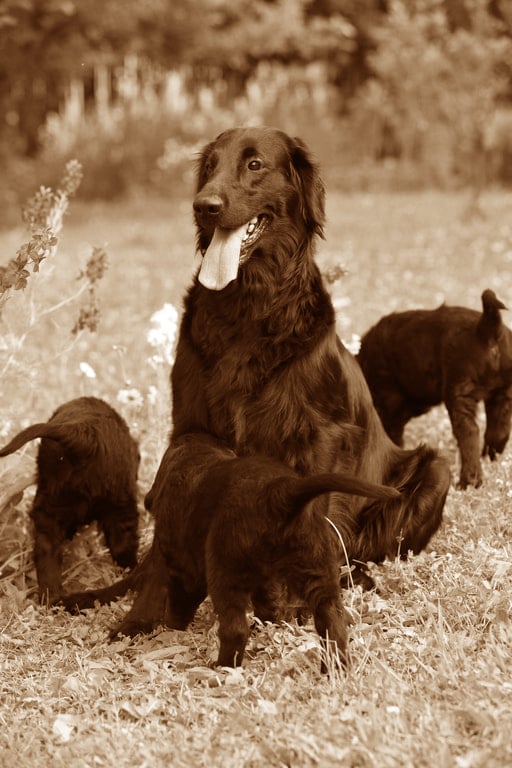
Origin & History
The Flat Coated Retriever originates from Great Britain and has been recognized as a breed by the FCI since 1954. At that time, the hunting companion had already been bred for a good 100 years.
In the middle of the 18th century, dogs of the Small Newfoundland breed came to England with sailors. They are also known as "Saint John's dogs" and are the origin of all retriever breeds. English breeders crossed the Little Newfoundland with native breeds such as the setter, collie and spaniel. This eventually resulted in the Flat Coated Retriever.
Around 1900, it became the most popular retrieving dog in England due to its elegant appearance and usefulness to hunters. It was able to easily track down and retrieve prey even in rough terrain on land and in the water.
Later, the breed became rarer and rarer, while Labrador and Golden Retriever became more popular. After the Second World War, the breed is even said to have been threatened with extinction.
In the 1980s, it briefly became a fashionable dog and has been bred in Germany ever since. Today, the breed has become rare again.
